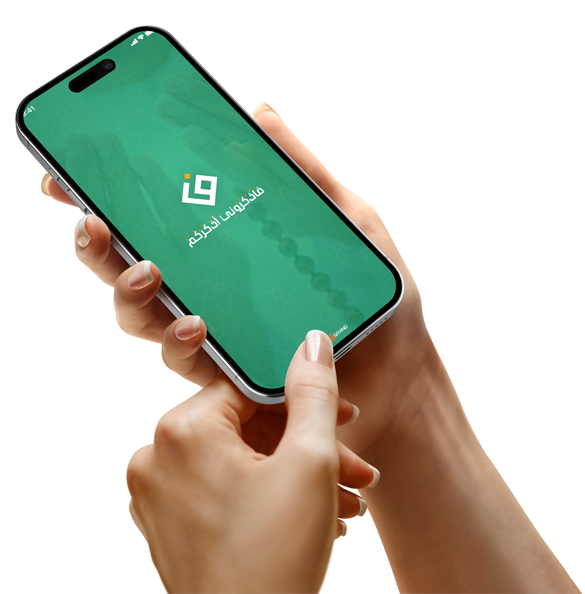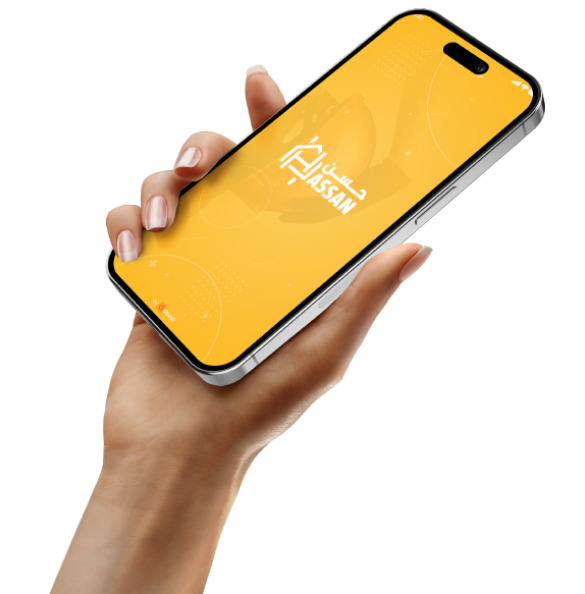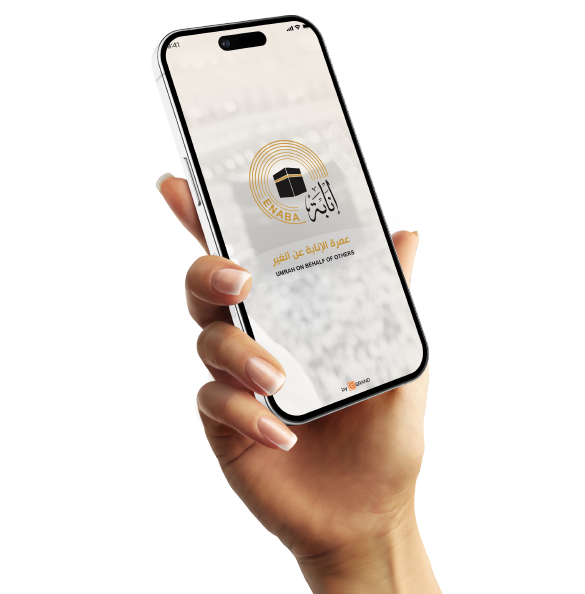Challenges faced by mobile application designers and how to overcome them

1. Diversity of devices and screens
The biggest challenge facing designers is the great diversity of mobile devices and screen sizes. Each device is different from the other, whether in terms of accuracy, size, or system. Users have come to rely on devices of different sizes and types, and therefore the design that works on one device must work with the same efficiency on another device. Designers face difficulty in maintaining design details and integrated user experience on all screens.
Solution: Using responsive design and continuous testing on different devices helps designers adjust all details and provide a comfortable application for all users. Also, taking advantage of modern technologies and testing tools enhances ensuring that the design is consistent and smooth on different platforms and sizes.
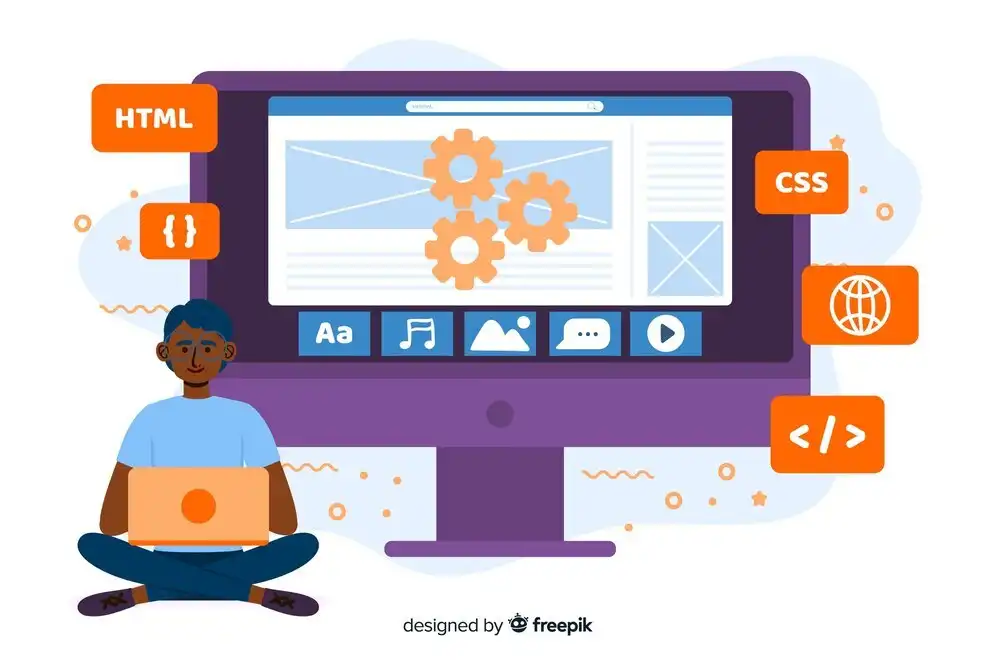
2. Simple and clear user experience
One of the most important factors in the success of the application is that it is simple and clear to the user. This challenge requires the designer to be skilled in how to display features without crowding elements, because complex design can confuse the user. Users expect easy access to features, and the clearer and easier the application interface is, the greater the chance of them continuing to use it.
Solution: The designer needs to prioritize the elements that appear on the screen and use a clear hierarchy. Also, he can benefit from icons and images instead of texts to facilitate navigation. Organizing information smoothly, while making smart use of white spaces and color, helps simplify the user experience and makes the application more clear.
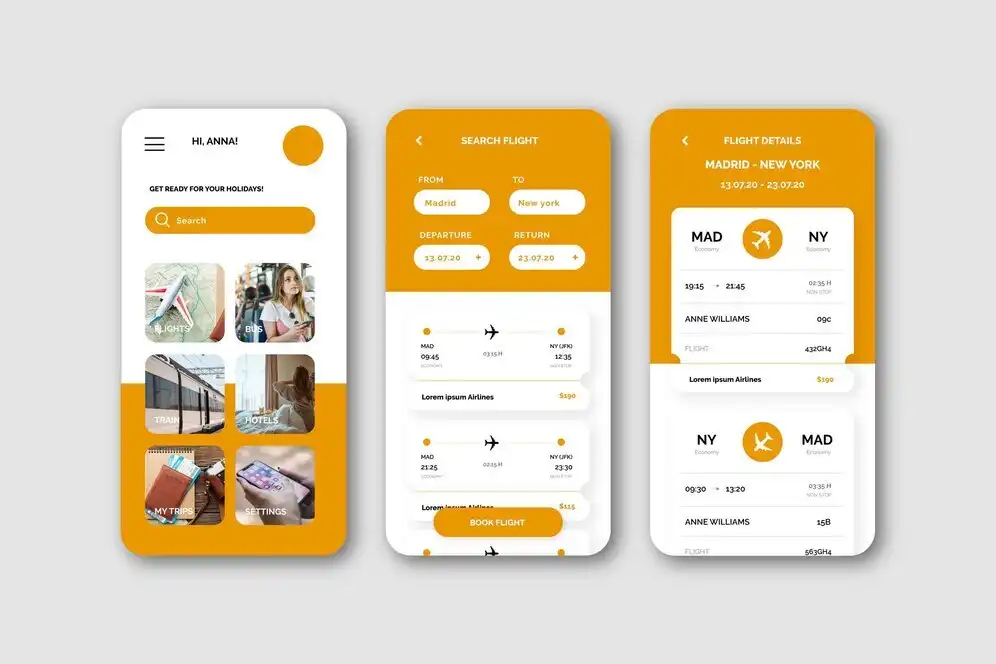
3. Speed of performance and content loading
If the application is slow, the user will often abandon it and look for a faster alternative, especially since the applications are many and the competition is high. Slow performance may be due to complex graphics or heavy content that increases the loading time. In addition, applications that do not rely on periodic performance optimization may face major problems in dealing with a large number of users at the same time.
The solution: Designers can use performance optimization techniques such as lazy loading and reducing the use of heavy graphics. The goal is for the application to be fast and respond quickly to user requests. Improving the user experience by focusing on reducing memory and processing consumption contributes to ensuring fast performance, even if the number of users or application content increases.

4. Compatibility with the latest trends
The design of applications is constantly changing, and every year new trends come, such as dark mode or flat icons. These changes add aesthetics and a different experience to the user, but they require the designer to keep up with them skillfully. On the other hand, designers must balance between modern updates and maintaining the basic identity of the application without losing its users due to the changes.
Solution: The designer needs to constantly follow developments in the field of design and learn new tools and techniques. It is also important for him to know which trend suits the application audience and apply it in a smart way that preserves the identity of the application. Developing the design based on user preferences and continuously monitoring their experience contributes to providing updates that suit the target audience.





